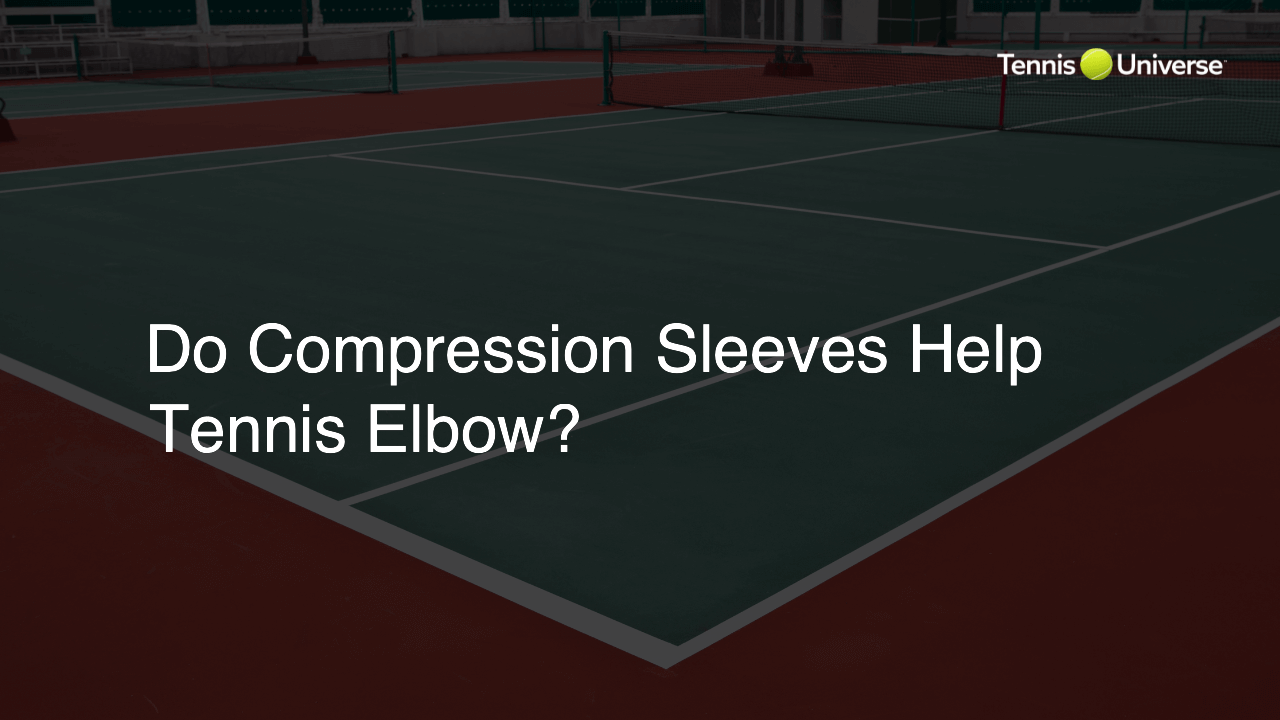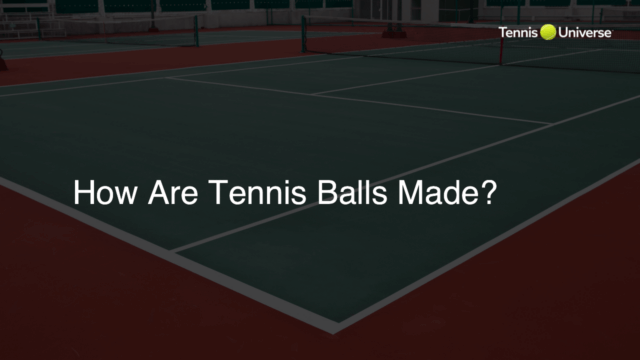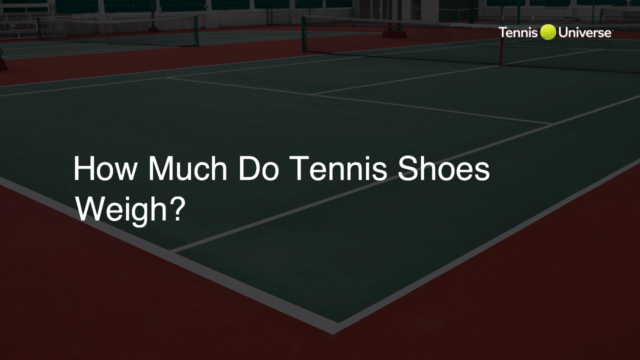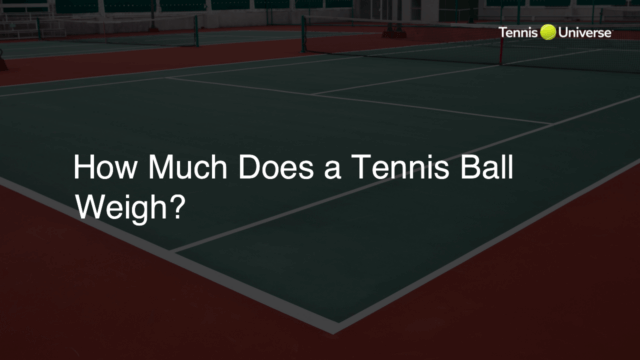Yes, compression sleeves can help alleviate symptoms of tennis elbow by providing support, reducing inflammation, and promoting blood flow to the affected area. However, they should not replace proper treatment and exercise to address the root cause of the issue.
Understanding Tennis Elbow
Tennis elbow, also known as lateral epicondylitis, is a painful condition caused by the overuse of the forearm muscles and tendons, which can result in small tears in the tendons connected to the lateral epicondyle. While often associated with playing tennis, it can also affect individuals who participate in other activities requiring repetitive motions.
Role of Compression Sleeves in Managing Tennis Elbow
Compression sleeves are designed to apply consistent pressure on the affected area, helping to reduce inflammation, provide support, and enhance blood circulation. These benefits contribute to pain relief and a faster recovery for tennis elbow sufferers.
Reducing Inflammation and Swelling
Compression sleeves can help minimize inflammation around the elbow joint by exerting gentle compression. This external support discourages continued swelling while still allowing mobility for the affected arm.
Promoting Blood Flow
Improved blood circulation is essential for promoting healing in damaged tissues. Compression sleeves stimulate blood flow to the injured area, providing essential nutrients and oxygen, which facilitate a quicker recovery process.
Providing Support and Stability
By wearing a compression sleeve, you can enhance the stability of your elbow joint and alleviate stress on the affected tendons. This additional support helps prevent further injury while participating in sports or daily activities.
Additional Steps for Effective Tennis Elbow Management
Although using compression sleeves can be beneficial, it is important to address the root cause of the problem to prevent recurring symptoms. Some steps to consider when dealing with tennis elbow include:
Rest and Ice Application
Resting the affected arm and applying ice to the area can help tame inflammation, making it possible for the healing process to begin.
Anti-inflammatory Medication
Over-the-counter anti-inflammatory drugs can offer temporary relief from pain and swelling associated with tennis elbow.
Physical Therapy and Stretching Exercises
Engaging in physical therapy and targeted stretching exercises can help strengthen the forearm muscles and tendons, reducing the risk of further injury.
Proper Tennis Racket Selection
Choosing a tennis racket with the right grip size, weight, and string tension can significantly affect stress placed on the arm and minimize the risk of developing tennis elbow.
While compression sleeves can play a role in managing tennis elbow symptoms, it is crucial to incorporate proper treatment and preventive measures to ensure a long-lasting recovery.
Choosing the Right Compression Sleeve
Selecting a compression sleeve with an appropriate level of tightness, material, and fit plays a crucial role in its effectiveness for tennis elbow. Too tight a sleeve may hinder blood flow, while one that is too loose will not provide sufficient compression. It is important to measure your arm correctly before purchasing to ensure the best fit and accurate compression levels.
Assessing the Quality of Your Technique
Improper technique while playing tennis may lead to excess stress on your forearm muscles and ultimately contribute to tennis elbow. Regularly evaluating and improving your technique can help reduce the chances of developing this condition. Consider reaching out to a professional coach to receive valuable tennis tips, or practice with a more experienced player to work on refining mechanics.
Alternative Treatment Options to Consider
Compression sleeves can play a part in managing tennis elbow, but it is essential to explore additional treatment options that may prove more suitable for specific cases:
Braces and Splints
Elbow braces are designed to distribute pressure away from the injured tendon, allowing it to heal. They can be particularly effective at managing pain during daily activities. Splints may also be a useful treatment option to immobilize the joint and promote recovery.
Steroid Injections
In cases where conservative treatments do not yield significant improvements, your healthcare provider may recommend corticosteroid injections. These can help reduce inflammation and provide short-term pain relief; however, they should be used cautiously as long-term use can carry potential risks.
Shockwave Therapy
Extracorporeal shockwave therapy (ESWT) encourages the healing process by applying shockwaves to the affected area. This non-invasive treatment option has shown promising results in some cases, though further research is needed to fully understand its long-term effects.
Surgery
Surgery should be considered as a last resort for individuals with persistent tennis elbow symptoms that have not responded to conservative treatment methods. Surgical intervention aims to remove the damaged tissue or repair the affected tendon, allowing for proper healing.
In conclusion, compression sleeves can be helpful in alleviating tennis elbow symptoms, but a multifaceted approach including rest, physical therapy, and the implementation of valuable tennis tips can be more effective in ensuring a complete recovery and prevention of future injuries.
Frequently Asked Questions
We understand that our readers might have further questions about compression sleeves and their role in helping tennis elbow. To address these inquiries, we have compiled a list of five common questions and their answers below.
How long should I wear a compression sleeve for tennis elbow?
It is generally recommended to wear a compression sleeve during physical activities or tasks that strain the affected arm. However, consult your healthcare provider for personalized advice on duration and frequency of use.
Can I use a compression sleeve for prevention or is it only for treatment?
While compression sleeves are primarily used as a treatment, they may also provide preventive support by enhancing joint stability and promoting proper blood circulation during strenuous activities.
How do I clean and maintain my compression sleeve?
Most compression sleeves can be hand-washed or machine-washed on a gentle cycle with cold water. Check the manufacturer’s instructions for specific cleaning recommendations and be sure to air-dry the sleeve to maintain elasticity.
Can a compression sleeve help with other elbow conditions?
Compression sleeves may also provide relief from other elbow conditions such as golfer’s elbow and general tendinitis. However, it is essential to consult a healthcare provider to determine the appropriate treatment for your specific condition.
Will wearing a compression sleeve restrict my movements while playing tennis?
A well-fitted compression sleeve should not significantly restrict your movements while playing tennis. The sleeve should provide support and compression without hindering your ability to perform various strokes comfortably.












